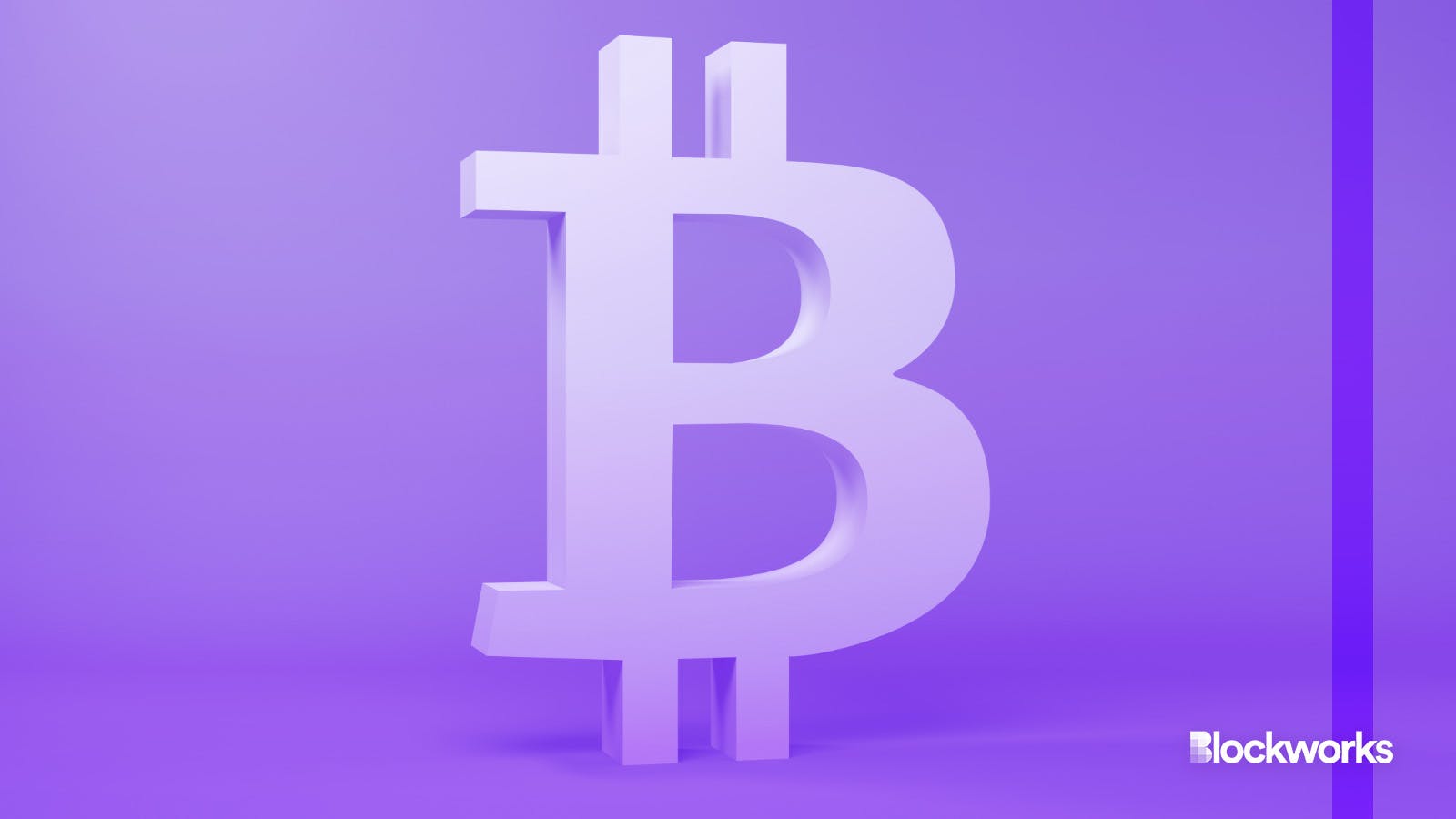Bitcoin halvings may be bullish — but returns have shrunk every cycle
Individual cryptocurrencies may well jump in value during the next bull run, but the market overall has pumped less and less every time

Anton Brehov/Shutterstock and Adobe modified by Blockworks
Bitcoin’s current rally comes as two bullish narratives converge: In less than eight weeks, the halving will cut new supply in half, meanwhile spot funds already gobble up coins faster than they’re mined.
Newly-found demand from spot ETFs aside, halvings are generally viewed as catalysts for tremendous growth for bitcoin’s price.
But over the past two cycles, it’s crypto, not bitcoin, which has benefitted the most. Starting from one year before each previous halving, bitcoin peaked at:
- 50,000% one year after the 2012 halving.
- 8,500% nearly one and a half years after the 2016 halving.
- 1,000% one and a half years after the 2020 halving.
(For the fractal-minded, interestingly bitcoin peaks are divided by between six and eight each cycle. If that repeats, the peak for bitcoin this time around would be less than 170% — with bitcoin already securing most of those gains.)
Read more: How the halving could impact bitcoin’s price
All this is to be expected considering how big bitcoin’s market value is already, beyond $1 trillion. It’s feasibly impossible for bitcoin’s price to multiply by 500 times in two years, as was the case in 2012 when its capitalization was under $200 million.
Bitcoin (BTC) makes up about half of the entire crypto market right now, but there are tens of thousands of other cryptocurrencies out there, and on the whole they tend to hitch a ride when bitcoin rallies hardest.
In fact, everything that isn’t bitcoin stands to gain much more from bitcoin bull runs than bitcoin itself.
Crypto excluding bitcoin was altogether worth $64.9 million one year before the 2016 halving.
One year after the event, at the height of the 2017-2018 bull run, that figure had multiplied more than 6,000 times to $421 billion, largely due to the successes of XRP, Ethereum and Bitcoin Cash.
Similarly during crypto’s previous cycle, between 2019 and 2021, crypto outside of bitcoin was valued at $71.6 billion one year before the 2020 halving.
A year and a half later, when bitcoin was near record highs, all other crypto was worth $1.7 trillion — growth of more than 2,000% to bitcoin’s 1,000%.
Four year cycles aren’t exclusive to Bitcoin
Three halvings, it’s worth repeating, is far too small a sample size to derive any sort of meaningful analysis.
Such a small sample size means factors other than halvings are just as likely to play a role in forming what seem to be bitcoin’s unstoppable four-year market cycles.
The global liquidity cycle, which tracks how much cash is sloshing around the global economy for one, correlates with bitcoin rallies to perhaps an even tighter degree than halvings.
As it turns out, global liquidity also runs on four year cycles.
Proving waves of global liquidity caused bitcoin’s explosive growth is still practically impossible — same with halvings.
It’s likely a mixture of both: Supply decreases as global liquidity deepens to a point where it spills over into speculative asset classes like crypto, driving up demand.
Not counting one day last week when spot ETFs were net sellers, physically-backed bitcoin funds in the US have altogether bought almost 6,350 BTC ($362 million) per trading session, on average.
Bitcoin miners are on average finding 147 blocks per day and each comes with a 6.25 BTC ($356,600) reward, the network’s way of distributing fresh coins.
So, miners are pulling less than 920 BTC ($52.5 million) out of the blockchain per day. Bitcoin funds are buying up nearly six times that amount on behalf of shareholders, led by BlackRock, Fidelity and Ark-21Shares.
Read more: 20% of bitcoin network hash rate could go offline after halving: Galaxy
Many aspects of the bitcoin market outpace bitcoin supply. About 35,000 BTC ($2 billion) has flowed into crypto exchanges every day this year on average, for one, indicating potential bitcoin sales up to 37 times more than is mined each day.
Even factoring in bitcoin’s latest price jump, if only a small percentage of the bitcoin miners sent to exchanges ends up sold, there’s hypothetically enough supply out there to meet demand without prices immediately going parabolic.
Still, with the halving around the corner — expected on April 19 or 20 — it’s easy to see how they’ve captured imaginations across the market. Crypto native firms like Bitwise, Bitfinex and CoinShares have put out attempts at unpacking their mystique, as have finance players including JPMorgan and Standard Chartered.
Read more: Bitcoin halving expected to hit on 4/20
On a tangible level, the bitcoin halving will radically overhaul the economics of bitcoin mining, to the point CoinShares expects several major operators to struggle if bitcoin doesn’t stay above $40,000 (so far, so good).
Standard Chartered, known for its bombastic crypto price predictions in recent years, meanwhile maintains a call for $100,000 per coin by the end of this year, in part due to how far the halving might skew supply and demand toward the latter.
It’s tempting to map bitcoin price action after previous halvings. After all, bitcoin’s biggest bull runs have peaked between a year and a year and a half after halvings.
Why this time would be any different is anyone’s guess, apart from to prove that “past performance does not guarantee future results.”
No matter what impact halvings have (or don’t have) on prices, looking back at the data shows bitcoin market cycles are dampening over time despite the massive capital injections every four years.
Updated Feb. 27, 2024 at 5:09 pm ET: Fixed denomination.
Get the news in your inbox. Explore Blockworks newsletters:
- The Breakdown: Decoding crypto and the markets. Daily.
- 0xResearch: Alpha in your inbox. Think like an analyst.






